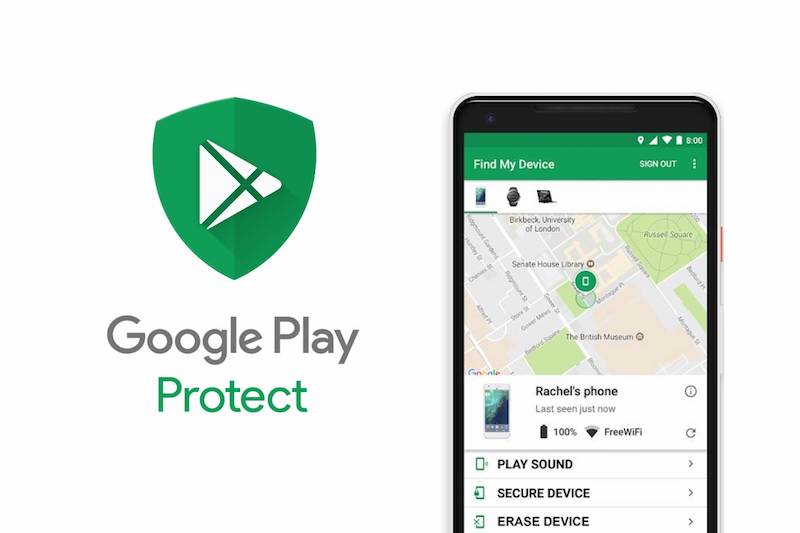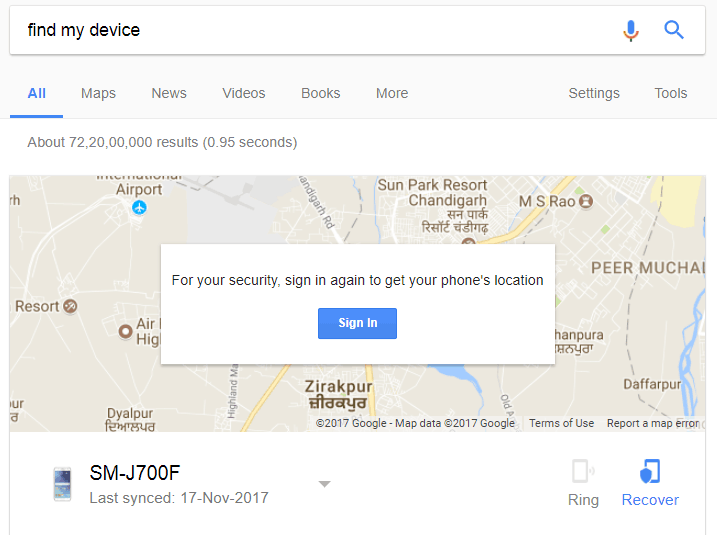

The app will need access to your location “all the time” for this to work, so you'll need to grant this by heading to Settings, Location, App location permissions, Google Maps, and tap Allow all the time. Tap Next, and then tap Go to Maps to enable location sharing in Google Maps. Tap Start setup and then Add contacts to add people you want as your emergency contacts.
Then you'll need to set up location sharing with emergency contacts. Tap Turn on to enable Assisted Calling, which will share your location and emergency details with emergency services if you're unable to respond. Tap Start and then Next to let the phone dial emergency services.  Choose whether or not you want the phone to play a loud sound when you trigger Emergency SOS. Tap the gear icon at the top left and find Emergency SOS. You can also find the Personal Safety app in your app drawer. Go to Settings, Safety & Emergency, Emergency SOS, and choose Start setup. Google Pixel phones have an Emergency SOS function enabled in the Personal Safety app. If you move, the location will update every 30 minutes for the next 24 hours. When you trigger SOS messages by tapping the Power key four times rapidly or whatever method you chose, it will send an SOS message to your chosen contacts with your location. Tap Back and you can choose how to trigger SOS messages and decide whether they should include photos or audio recordings. Tap Start, and either Create contact or Select from contacts to add people.
Choose whether or not you want the phone to play a loud sound when you trigger Emergency SOS. Tap the gear icon at the top left and find Emergency SOS. You can also find the Personal Safety app in your app drawer. Go to Settings, Safety & Emergency, Emergency SOS, and choose Start setup. Google Pixel phones have an Emergency SOS function enabled in the Personal Safety app. If you move, the location will update every 30 minutes for the next 24 hours. When you trigger SOS messages by tapping the Power key four times rapidly or whatever method you chose, it will send an SOS message to your chosen contacts with your location. Tap Back and you can choose how to trigger SOS messages and decide whether they should include photos or audio recordings. Tap Start, and either Create contact or Select from contacts to add people.  Toggle it on, read the information, and tap Continue. Go to Settings, Advanced features, and choose SOS messages. Samsung phones offer something called SOS Messages.
Toggle it on, read the information, and tap Continue. Go to Settings, Advanced features, and choose SOS messages. Samsung phones offer something called SOS Messages.







 0 kommentar(er)
0 kommentar(er)
